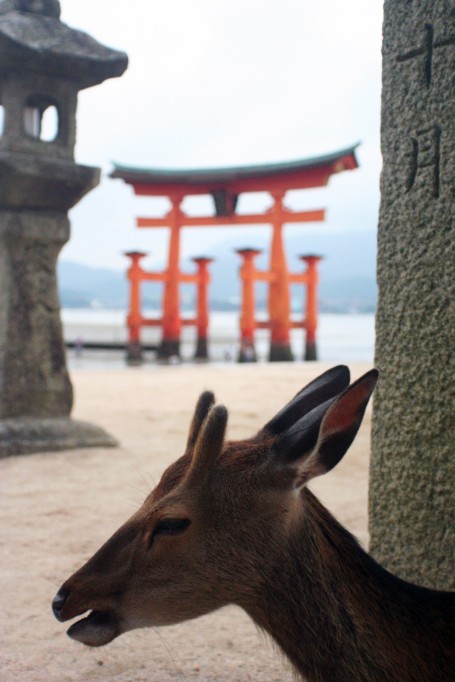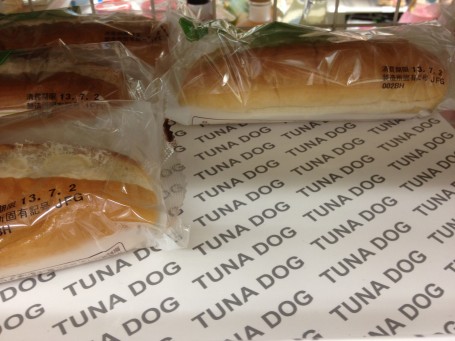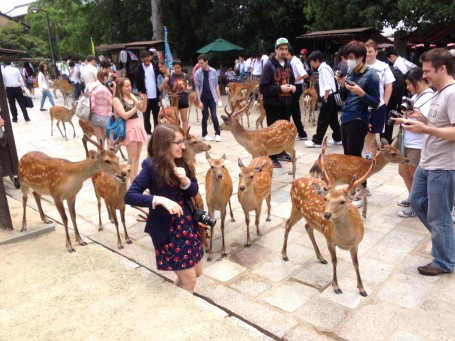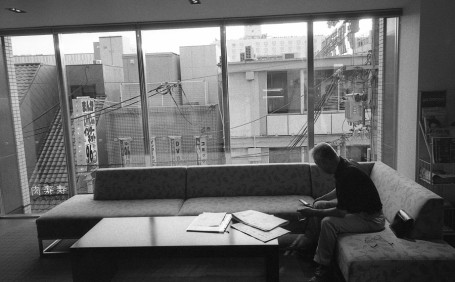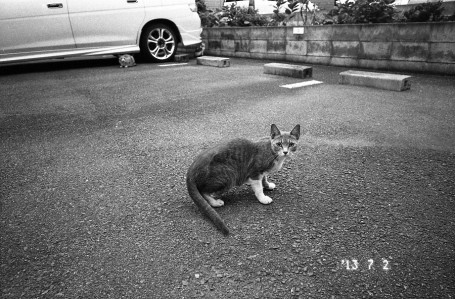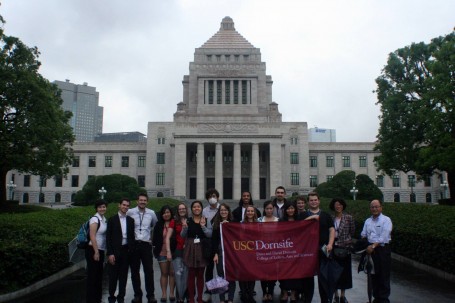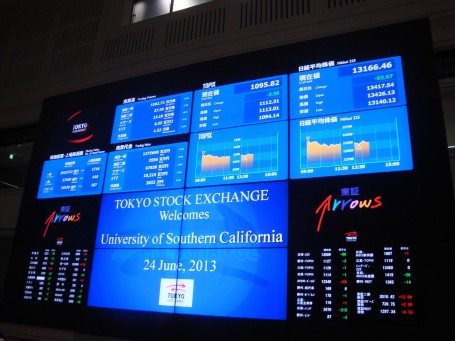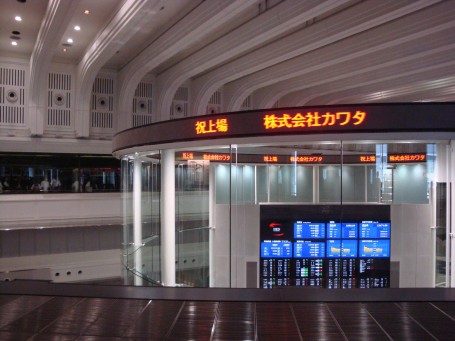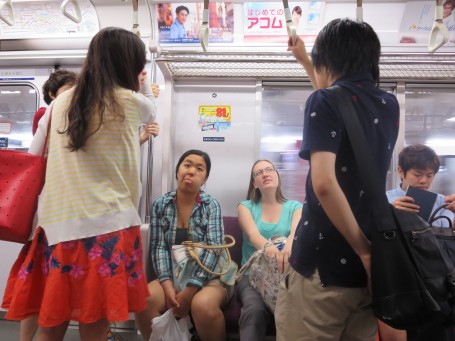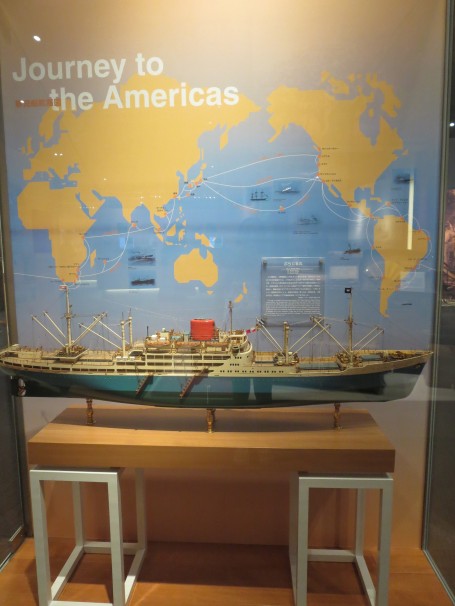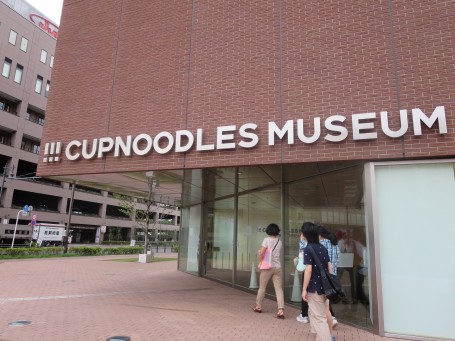By Matt Wong
Recently, Japan’s various “theme cafés” have become widely known due to their depiction in anime and television programs, but perhaps relatively few people have actually set foot inside a ghost café, cat café, or maid café, to name a few that exist. (I was also told by a chef in Tokyo that bird cafés exist which feature various parakeets, but only near Hiroshima).
Immediately before coming to Japan I had just finished watching an anime which described the cat café as something akin to a “paradise on earth,” so it was the first item on my list of things to do in Tokyo. A few other USC students also were interested in cats, so on our first free day we head off to Shibuya’s「ハピ猫」(Happy Cat) Café as soon as it opened in the morning.
There was a waiting room between the entrance and the actual café. A posted sign explained that such a precaution was necessary so that the cats don’t leap out and escape. (In the photograph below, this waiting room was located immediately outside of the window at the reception desk.)

Entrance of ハピ猫 as seen from interior
Upon entering, we were greeted by several varieties of cats, all of which were extremely well groomed and unafraid of humans. Some of them were wearing shirts, and the ones with pink shirts we were not allowed to touch, although we weren’t given an explanation as to why.
The pricing system was relatively simple: we each paid for a period of time to stay in the café (about an hour if I remember correctly), which also included one drink (different types of coffee and tea were available) and some small sweets. I paid an extra amount for a container of food to feed the cats.

Cat sitting on air conditioner


